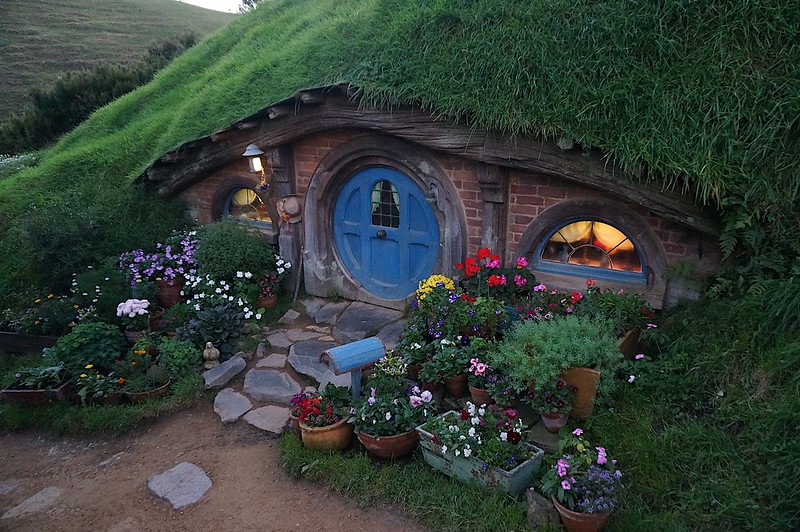
At a 1994 conference on indoor air temperature standards, participant M.A. Humphreys considered the thermal environments of hobbits. If we wanted to prepare a hole for some visiting halflings, we could study the physics and physiology of their current living arrangements, hoping to find a scientifically optimal solution, but it might be wiser simply to give them the means to adjust the conditions themselves, according to their own changing preferences. In that case:
- We did not need to know anything at all about the thermal physiology of Hobbits, such as the diurnal cycle of their body-temperature, the metabolic heat production of their various activities, whether they could sweat or shiver or pant, or whether the Dubois relation between height, weight and skin surface-area held good for Hobbits;
- we did not need to know anything about the heat exchange between Hobbit-skin and the hole, such as the surface heat-transfer coefficients by convection or by radiation, the mean skin temperature and at what sites it is best measured, the thermal insulation of their colorful clothing-ensembles, or the vapour permeability of their clothing materials.
“It would be fascinating to know about these things, and thermal comfort researchers whose original education was, like mine, in the physical sciences would only with great difficulty be able to restrain their curiosity. Such knowledge would help to explain quantitatively the thermal balance of Hobbits, and would give us a theoretical explanation of their comfort conditions, and might be useful in identifying potentially dangerous environments, but it would not be needed to enable us to provide comfortable apartments for our Hobbits. This is not surprising if we recall that achieving thermal comfort pre-dates by thousands of years the development of the theory of heat exchange.”
(M.A. Humphreys, “Thermal Comfort Temperatures and the Habits of Hobbits,” in Standards for Thermal Comfort: Indoor Air Temperature Standards for the 21st Century, 1995, 3-13.)
